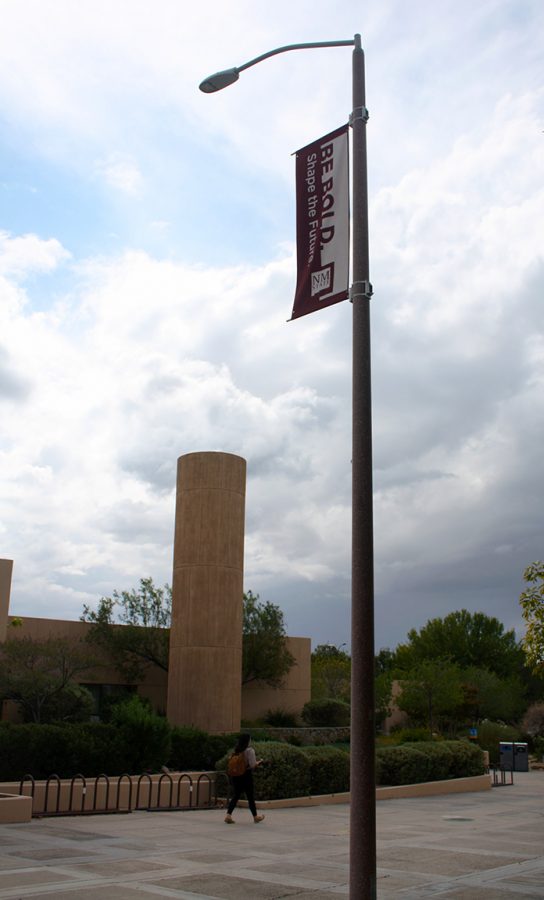Are you feeling the big SAD this season?
As the seasons change and days grow shorter, seasonal affective disorder starts to affect students across campus.
New Mexico State University students and employees may have begun to notice the symptoms of seasonal affective disorder this month, causing symptoms of depression unrelated to finals week.
Seasonal affective disorder (SAD), more commonly known as seasonal depression, is a disorder that affects people every year around fall and winter.
Statistics from Mental Health America state only about 5 percent of the U.S population experience SAD every year, and four of five people experiencing SAD are women with the onset of the disorder beginning in college-age individuals, 20 to 30-year-olds.
According to the Mayo Clinic, causes for SAD include decreased sunlight in the fall and winter, resulting in a drop in serotonin levels and melatonin levels.
However, those with a family history of SAD and or already experienced depression are at a higher risk for SAD.
Annie Garcia-Roberts, a counselor at Aggie Health and Wellness, said the symptoms of SAD include:
- Low energy levels
- Disturbed sleep patterns
- Poor appetite
- Potentially eating too much
- General mood swings and sadness
“I’ve seen [symptoms] show up as lethargic. The coldness and the decrease in light, especially in the evenings, can affect people’s motivation- motivation to get outdoors, motivation for their classes, it often affects appetite, decreased or increase in sleep like wanting to sleep more,” Garcia-Roberts said.
Though depression and SAD have similar symptoms, Garcia-Roberts said it is important to be observant of your own patterns.
“If they have seen this tendency to have more depressive symptoms every winter. Then they can tell that it is more seasonally related, but if it’s happening all year, it gives you a code that it might be more extensive and seeking out care if you have any concerns,” Garcia-Roberts said.
Effective treatments include exercise, diet, talk therapy and medications.
Garcia-Roberts said sunlight has a huge effect on SAD. If you are unable to get out in the sun during daylight hours, therapy could help.
According to the Mayo Clinic, light therapy with a lightbox helps mimic natural outdoor light and can help to increase serotonin levels.
If you are not able to get enough vitamin D from the sun, testing your vitamin D levels and including supplements in your diet can help keep SAD away.
Additionally, a diet rich in omega threes fatty acids and vitamin D has been shown to be effective along with exercise or movement, Garcia-Roberts said.
While living in Alaska, Garcia-Roberts said she found the concept of Hygge to help find the positives about the seasons.
“It’s like a Swedish concept of like, becoming cozy. It’s essentially relishing what is like the positives about winter,” Garcia-Roberts said. “You just learn to really embrace what is the winter so like, it might mean that there’s less daylight and warmth outside, but you spend more time indoors like being cozy and like reading and enjoying things that are good about the seasons.”
If you are feeling “SAD” this season, NMSU has resources available to help. Aggie Health and Wellness has resources available for counseling or medications depending on the severity of symptoms.
Garcia-Roberts said it is important to remember to have “compassion for yourself in that it might affect you differently. And so equally [it is] like acceptance of what is, but also knowing that you need to be more proactive.”

Fisher EasleySmith is a junior studying Agriculture Communications with minors in Communication Studies and Journalism and Media Studies. She is...

